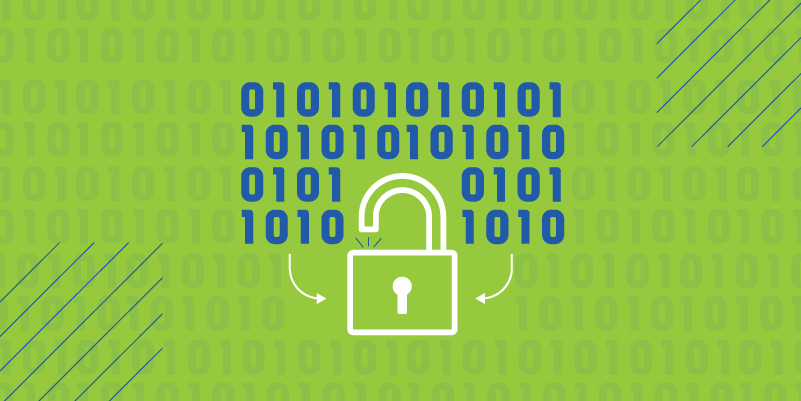Updated November 23, 2021
Dutch, Spanish and French were just the beginning of expanded language offerings from Webroot Security Awareness Training, with German and Portuguese added as of November, 2021! Stay posted to learn about expansions to more languages coming in the future.
A Global Challenge
The steady stream of cyberattacks seen throughout 2019 turned into a torrent over the last year – ransomware, phishing scams and data breaches are now at an all-time high. Of course, the growing cybersecurity threat isn’t contained to just one country. The effects are being felt the world over.
The National Cybersecurity Agency of France (ANSSI) is trying to tackle the 255% surge in ransomware attacks reported in 2020. Meanwhile Spain is trying crack down on malicious actors operating inside the country.
And in an interview with workers in the U.S., Japan, Australia and throughout Europe, 54% say they spend more time working from home now than they did at the beginning of 2020. The blurred lines between home life and work life leads to the use of improperly secured personal devices with ramifications being felt by small, medium and large businesses. But with cyberattacks at an all-time high, 63% of companies have kept their cybersecurity trainings at the same level that it was at the end of 2019.
Tackling Cyber Threats
Our networked world connects us to points all over, so it’s no wonder cybersecurity needs to be taken seriously across the globe. The fight against these threats is complicated, but most successful attacks share a common vector – the human factor.
Because of this shared element, security experts know where to focus their energy. In fact, research shows that Webroot® Security Awareness Training improves cyber resilience and helps defend against cyberattacks.
Expanded Offerings
The truly global nature of cyber threats is why Webroot is expanding its language offerings for our Security Awareness Training. This training helps employees keep security top of mind so businesses become more secure.
Now offered in Dutch, Spanish, French, German, and Portuguese, our Security Awareness Training features native narration throughout. Other available options offer courses with only translated captions overlaid on existing content while our trainings convey important security information in an engaging experience.
Why Training is Critical
Often, attackers have a built-in advantage when they zero in on a target – they can practice. They can probe for different ways in and try a variety of tactics, like email attacks or SMS and voice phishing. And they only need to be successful once.
That’s why training is such a critical part of security. It levels the playing field by letting end users practice what they learn while they discover how to keep themselves and their business safe.

















